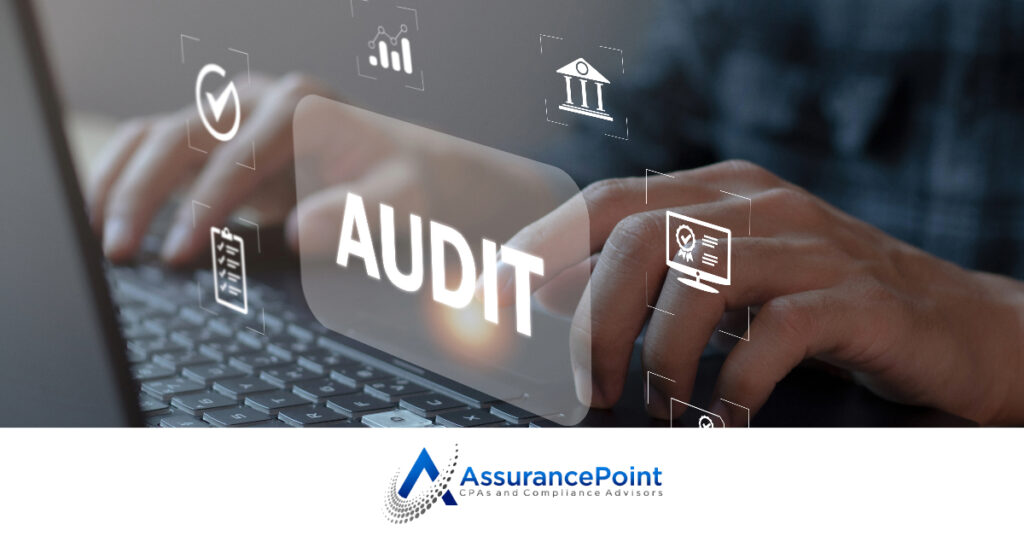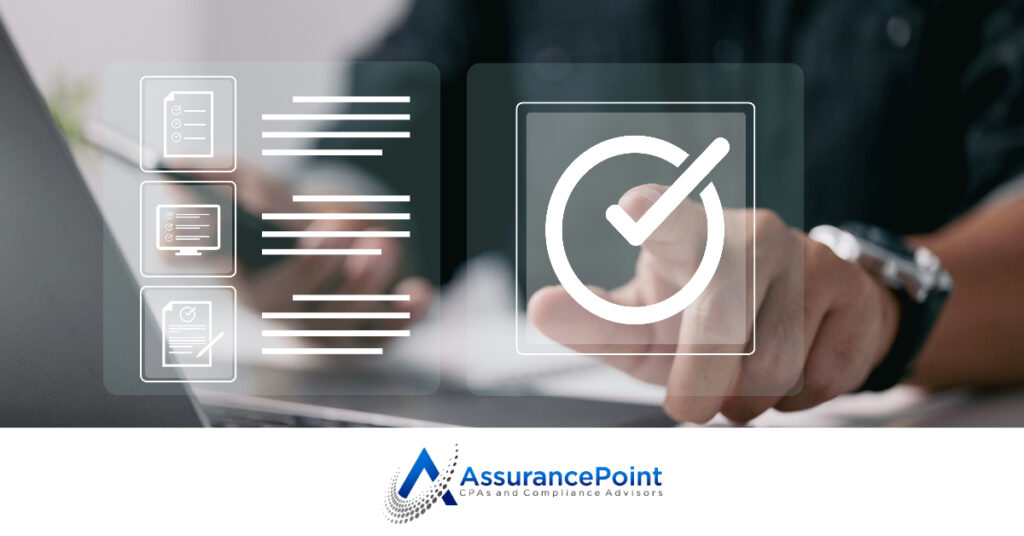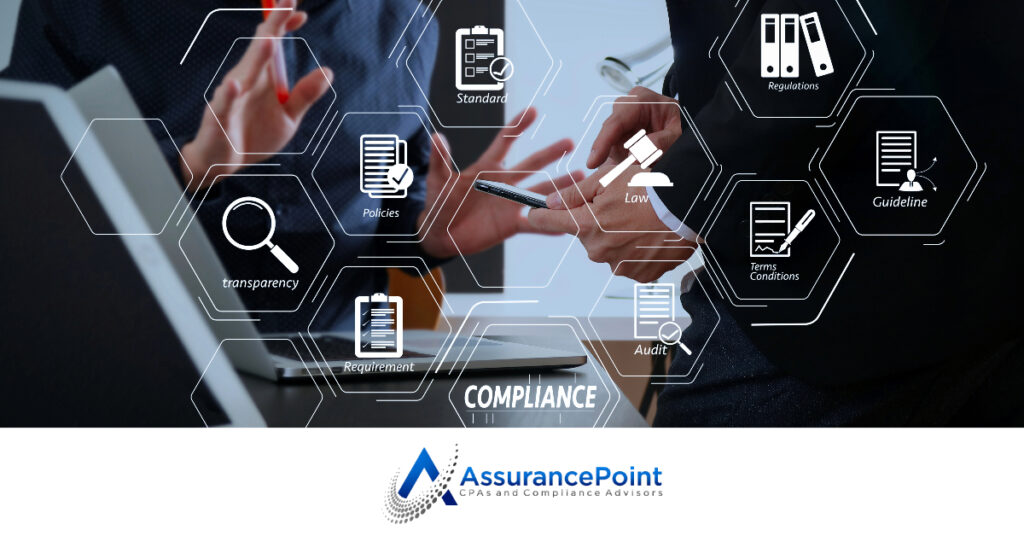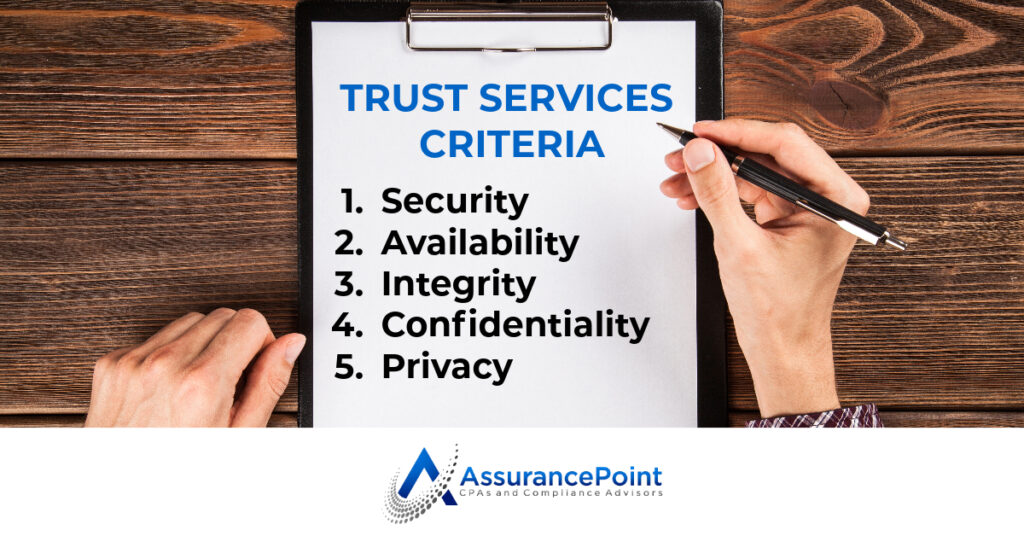In the world of cybersecurity, a common misunderstanding often exists within organizations – the distinction between security events and security incidents.
We audit a lot of organizations’ incident management protocols, and the lack of a distinction between event and incident management procedures comes up in over 50% of our assessments.
Many organizations will claim that no security incidents have occurred recently, but they might be missing the vital protocols necessary to effectively monitor and analyze security events to even know if an incident has occurred. Determining whether a security incident has occurred may be challenging without effective event management procedures.
Below, we’ll dive into the distinctions between security events and security incidents, shedding light on their significance and the steps organizations should take to bolster their security posture.
Security Event
A security event encompasses any observable occurrence or activity that could potentially negatively impact an information system or network. These events come in various forms, such as failed login attempts, system or network errors, unusual network traffic patterns, or malware detection.
Typically, security events are logged and monitored by specialized security systems or tools like intrusion detection systems (IDS) and security information and event management (SIEM) systems.
Security Incident
A security incident goes a step further. It is a confirmed security event that negatively impacts an information system, network, or the data it holds. Unlike security events, incidents demand a thorough investigation, response, and resolution.
They encompass unauthorized intrusions, unauthorized access to sensitive data, data breaches, data disclosures, system compromises, denial-of-service attacks, or other malicious activities. A security incident triggers a specific response plan to minimize damage, mitigate the threat, and restore normal operations.
Steps to Strengthen Your Security Posture
Now that we’ve clarified the distinction between security events and security incidents, let’s explore the steps organizations can consider to improve their security posture:
1. Event Logging
Implement a centralized logging system that records security-related events across various systems and applications within the organization. This step helps automate the capture of potential security incidents for further analysis.
2. Event Correlation
Utilize automated tools or SIEM systems to correlate events from different sources. By amalgamating data from multiple systems, it becomes easier to identify patterns and potential security incidents.
3. Investigation and Analysis
Allocate dedicated resources, such as a specialized security team or personnel, to investigate security events. These experts should possess the necessary skills and tools to conduct in-depth analysis, determine the nature and scope of the situation, and interpret the potential impact.
We often recommend a dedicated individual or team to review event logs and system dashboards regularly or to automate alerts from security tools into your central task management system for further investigation and classification.
4. Centralized Classification
Define specific criteria for classifying security events based on breadth and impact. This classification process aids in prioritizing events for further investigation.
Specify within policy what classification level constitutes an incident to trigger your incident response program. Remember that if an event has negatively impacted your systems, data, or services, then this event should automatically be classified as an incident.
5. Escalation and Response
Establish well-defined procedures for escalating confirmed security incidents to the appropriate stakeholders and for response activities. The response plan should include internal and external communication protocols and representatives from senior management, legal teams, or even law enforcement agencies, depending on the incident’s severity and regulatory requirements.
Response activities should focus on containment of the issue, eradication of the problem, and recovery procedures to get systems and services running to the pre-incident state of operations. The response activities should be well documented, too, to allow for post-incident review and support for legal/liability purposes.
6. Continuous Improvement
Regularly review and update security monitoring and incident response procedures based on lessons learned from previous incidents and industry best practices. Post-mortem analysis of incidents can help prevent similar issues from recurring and identify inefficiencies in your current workflows and communication protocols. This iterative process ensures that the organization remains proactive and adaptive in addressing emerging threats.
While no system can claim to be entirely immune to security incidents, having the right processes in place can significantly reduce risks and enable a swift response when incidents do occur.
By understanding the clear distinction between security event management and security incident management and implementing relevant procedures for each, organizations can enhance their ability to detect, analyze, and respond to security incidents effectively.
Written By:










